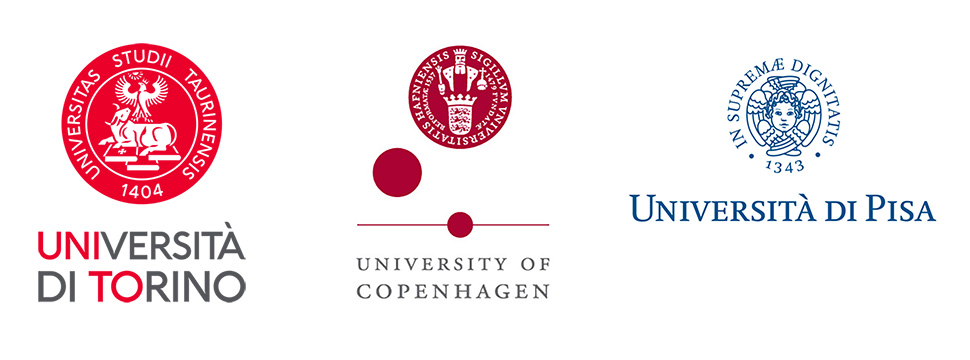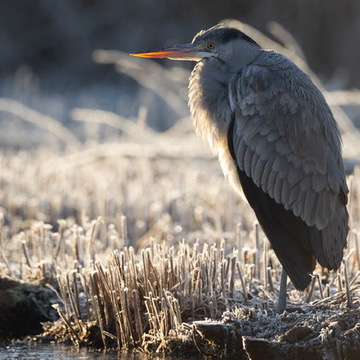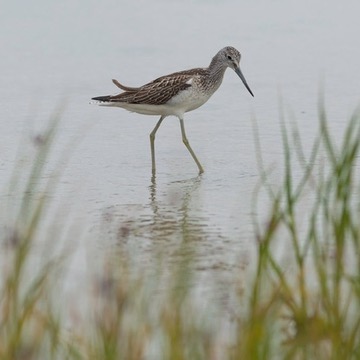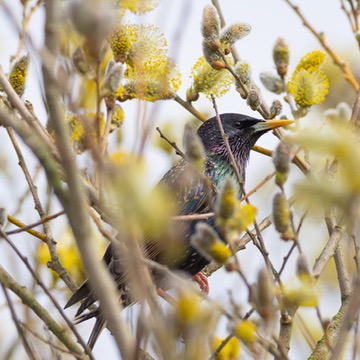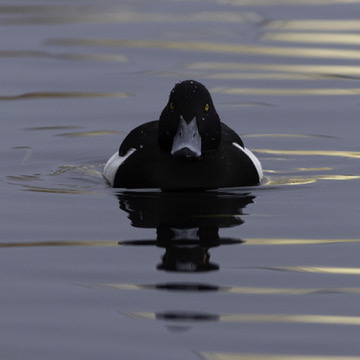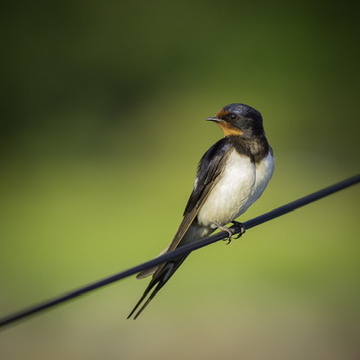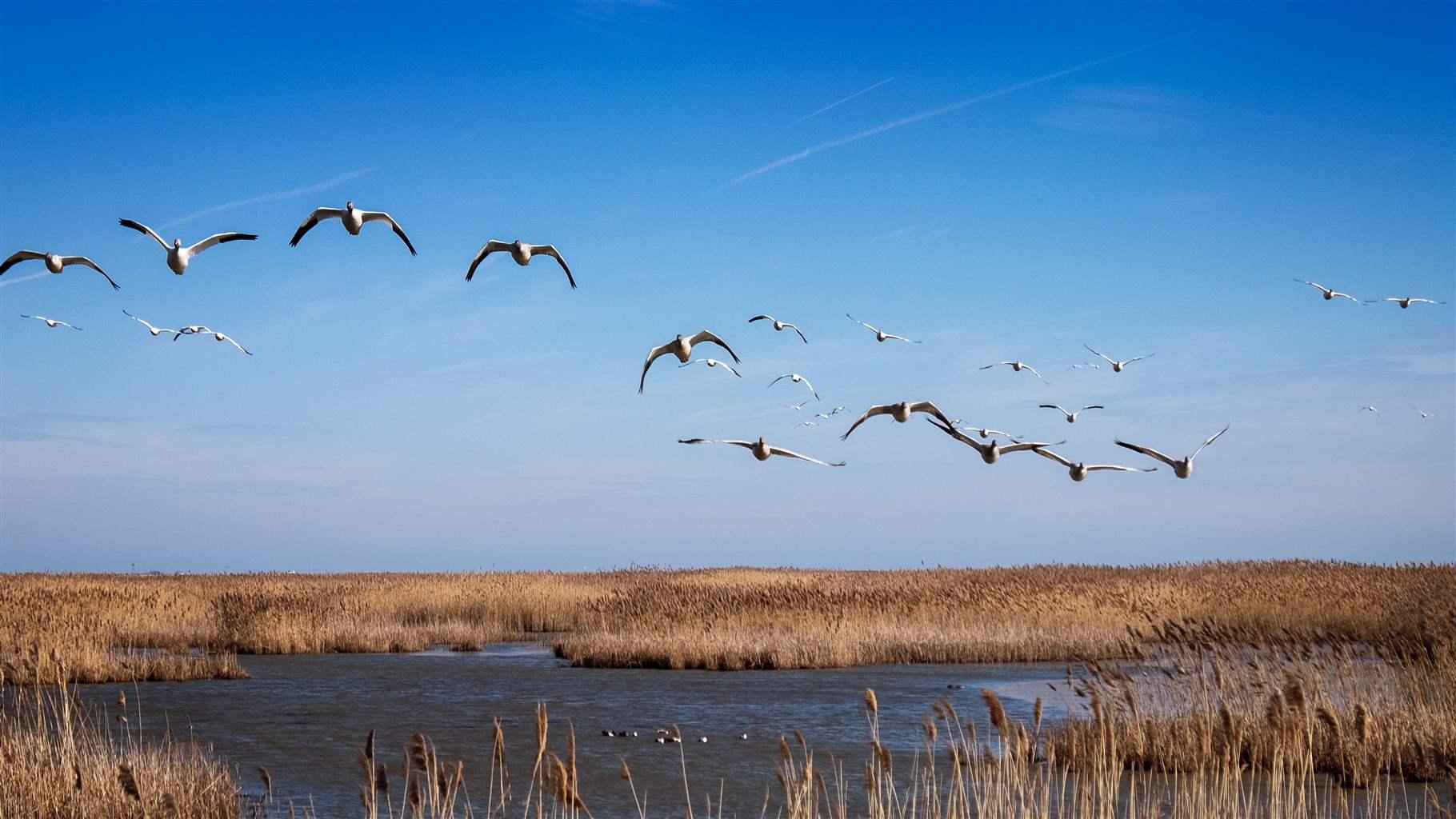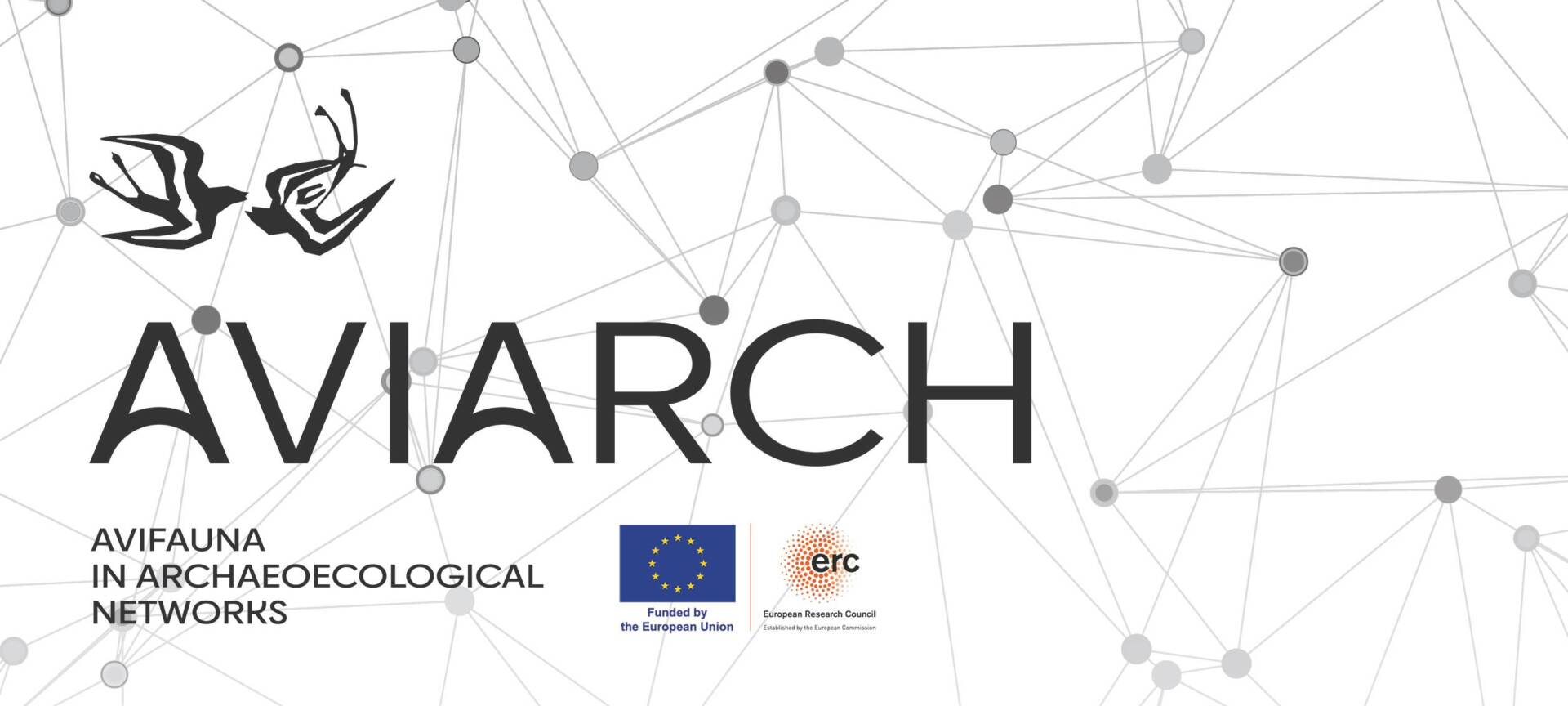
THE PROJECT
Avifauna in archaeoecological networks
AviArch is an ERC-Consolidator Grant funded research project that investigates the long-term interaction between humans, birds and the environment. AviArch deploys the most advanced methodologies and innovative theories in archaeology, biology and ecology in order to reconstruct the relationships between humans and birds witin dynamic and complex environments.
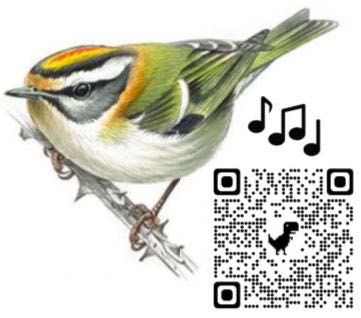
Around 1200 BCE, a small passerine bird spent time in a house in the Late Bronze Age settlement of Chania, Crete, and there it died. In 2010, the bones of this bird were found during an archaeological excavation. Perhaps it had been a swallow, a house sparrow, or maybe a nightingale. The sparrow is a commensal species, associated with human habitation, so maybe it had been attracted by stored grain. Perhaps the bird had been caught and consumed, and its bones discarded after the meal. But there is also the chance that the small bird was there because the roof had offered a good nesting spot, a behaviour typical of swallows.
People in the Bronze Age Aegean, fascinated by the air acrobatics of swallows, captured their joyous magic in the “Spring Fresco” at Akrotiri (Thera). It is equally possible that the house had been abandoned, and thus birds which shy away from the human presence had the chance of occupying the space. Different species suggest widely diverse interpretations. In late 2022, using brand-new phylogenetic data from the Birds 10,000 genomes, our biomolecular analyses of the collagen preserved in the bones matched that of a Regulus sp., and likely a firecrest, a tiny plump songbird with a quirky crest, which today breeds in Mediterranean coniferous shrubs and gardens, including in Crete. Could this be evidence that Minoan people kept birds in cages for their song?
The AviArch project has received funding from the European Research Council (ERC) under the European Union’s Horizon 2020 research and innovation programme under grant agreement No.101125532
AviArch is based at the University of Turin (IT), at the University of Copenhagen and at the University of Pisa
